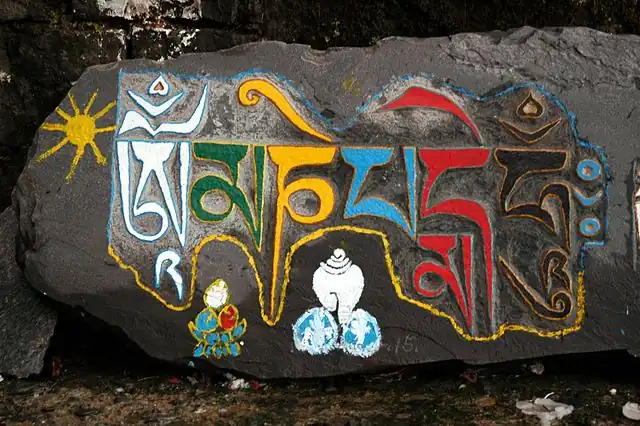Tibetan phrasebook
Tibeto-Burman language
Tibetan (བོད་སྐད་ / ལྷ་སའི་སྐད་) is the main language of Tibet, and its accompanying regions and among overseas Tibetan communities around the world. Tibetan is spoken by several million people in the Tibetan Autonomous Region (TAR) of the Chinese People’s Republic, the Chinese provinces of Gansu, Qinghai, Sichuan and Yunnan, as well as the neighboring countries Bhutan (around 4,000 speakers), India (over 124,000 speakers), and Nepal (around 60,000 speakers). Written Tibetan is used as the religious language in the countries where Tibetan Lamaistic Buddhism is practiced (e.g. in Mongolia and parts of China proper). Tibetan communities also exist in Taiwan, Norway, Switzerland and the United States of America. It is an official language in Tibet, as well as in the Tibetan autonomous prefectures of Qinghai, Sichuan, Gansu and Yunnan, and all road signs in this region are bilingual in Chinese and Tibetan.

This phrasebook is based on the Ü-Tsang dialect of Tibetan, which is the dialect spoken in Lhasa, and the officially-recognised standard version of Tibetan. We have a separate Amdo Tibetan phrasebook for that dialect.